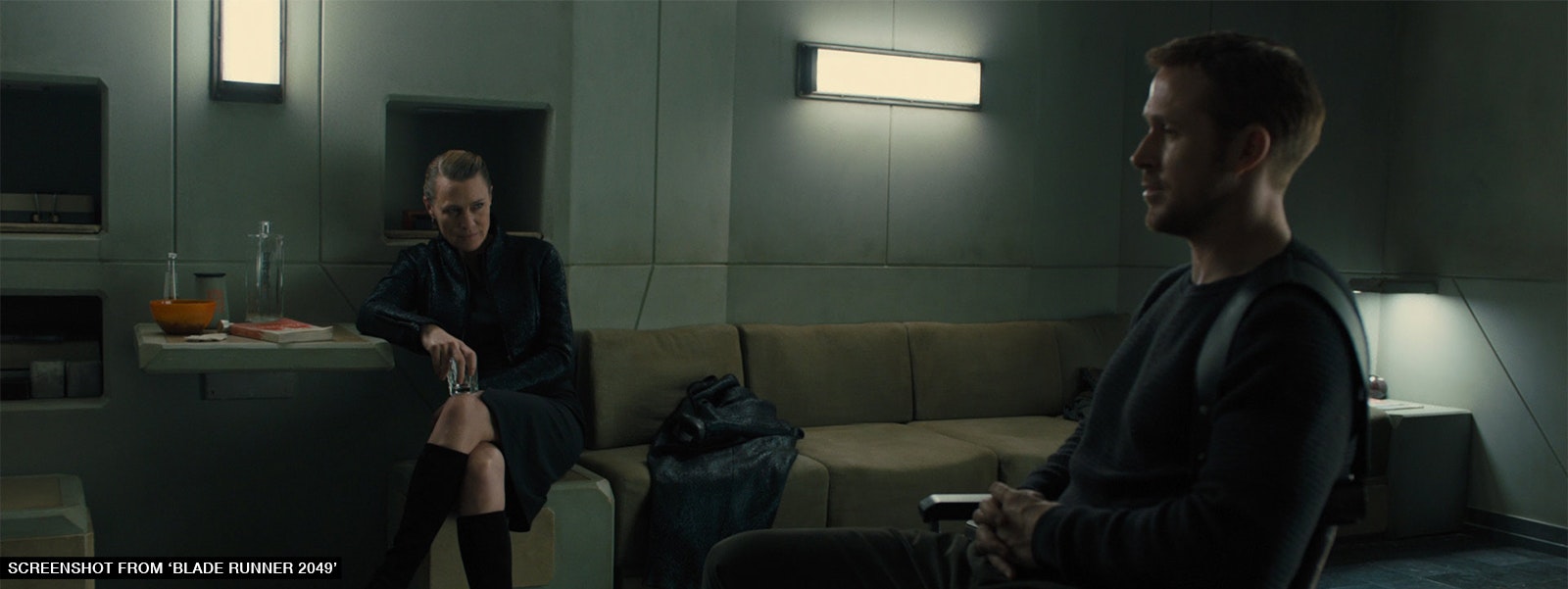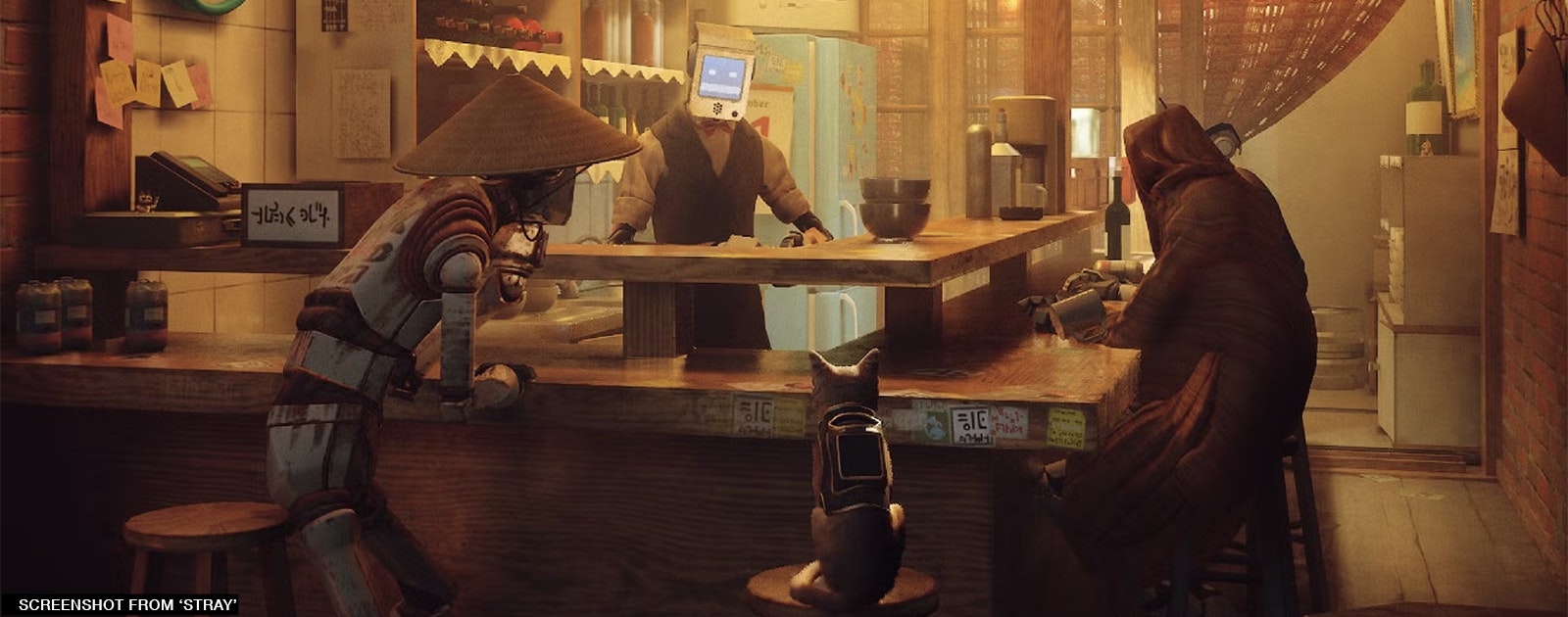Let's Talk About The Backstory I.
In these blog posts (originally planned as a mini-series, though I’ll see how far it goes), I’ll be sharing tips and tricks for using creative writing techniques that have helped shape my own concept art and world-building work over the years.
Some of these insights were shared in a guest lecture I gave a few years ago, while others have evolved naturally during the years.

The Power Of Backstory
That Makes Your IP More Believable
Part I.
Storytelling lies at the heart of everything.
Whether it's a movie, a video game or a book, the story is the basis of all IP development. It is especially important to mention the significance of the backstory, which is the foundation and carrier of the story of the IP. It contains the remains of its untold past: the beliefs, ideologies, personalities of the characters who lived in it, and past events that happened to them and shaped them. It makes a place feel lived-in, believable, and emotionally charged.
Why Backstory Matters
When you start with exploring the backstory of your IP - and not just with the pretty visuals right away - then you’re not just designing a single good-looking environment or concept art. You’re laying the foundation for a world that can scale into a film, a series, a game, a graphic novel.
By discovering the backstory, you give the environment design its own personality, character, and believability. And if you treat it like a character with its own past, flaws, losses, and dreams, it starts to tell its own story.
When we, as artists, take the time to imagine what happened in a place before we “got there”, we’re not just creating environments.
We’re creating stories that want to be told.
Layered Storytelling
The backstory belongs to the realm of layered storytelling, and as the name suggests, it adds layers to the story: characterization, theme, foreshadowing, and more. People love puzzles, questions, layers. We are naturally drawn to complex stories. Layered storytelling with a rich backstory allows room for interaction, collaboration, and theories. Each unique layer makes the story stronger and therefore more real.
The narrative-first method supports IP development the best. It combines the visual language of the environment with the elements of storytelling. The deeper and richer the backstory, the more "talkative" the environment will become. When even the smallest detail of the environment serves the story, you begin to build a world that is much larger and more expansive than the scene in front of you, and the environment you design is not just a random backdrop, but will become part of the narrative.
This is exactly the kind of layered storytelling that create such an IP that affects our emotions the most.

Show The Scars
One of the ways to tell the backstory of an environment is to show its imperfections on the buildings. Nowhere, not even in real life, do perfect symmetry and flawless surfaces exist. Think about it this way: even a brand new building has a past - something was standing there before. Perhaps a thousands years old forest. Or an old library. Or remains of a vanished civilization or demolished houses - every environment, every place and every building has a story.
Damage, scratches, torn floors in buildings are visual imprints of the past that connect the audience with the present.
Scars are like a glue that holds your scenes together and makes your story come alive.
Key Influences
There are several key influences that shape the look of any environment. (I'll talk about the three most influential in this post.)
They are the soft and quiet breezes that modify, adjust and shape the look of the environment you design and giving it history, emotion, and credibility.
Let’s go through them.
1. Purpose And Function (Past And Present)

In world-building, buildings are not just props - they are narrative nodes that not only tell their own story, but also refer to the setting, timeline and genre of the story. Their current condition should contain clues and hints to the social fabric of your world and its past conflicts. Buildings and streets shaped by their own history have more weight and character - their textures, damage, additions and destruction are references to past events and all the emotional imprints that people have left on them.
So start by asking not just what does it look like now, but how does this building support the story arc or themes of your IP?
Ask yourself:
- What was the original world-building function of this building within your IP?
- Has its role shifted across time? Does that transition reflect the rise or fall of an empire, a collapse of values, or a shift in technology or belief?
- What events shaped it?
- What visible elements preserve these changes? Can they echo important beats of your IP’s lore or timeline?
- How does it visually connect to other locations in your IP’s world (through shared materials, symbols, architecture, or decay)?
In a strong IP, every major environment design serves a purpose beyond the image. It sets up the tone of the story, and it also acts as a landmark - something that is recognizable.
2. Occupants And Visitors

Have you ever wondered why Agent K's apartment was so featureless, almost sterile, lacking any human characteristics? Well... You'll get an answer to that at the end of the film.
Characters and world design are inseparable in a good IP because, well, every story is character-driven. (Especially the twist plots towards the end.)
You need to lay the groundwork for your characters' background early on. You are designing a character-driven world.
Because even if the characters aren't visible in your environment, their impact should be.
When you have defined who used a particular location within the narrative arc of the IP, you are no longer just designing a set.
You are incorporating the characters' arc into the architecture.
Ask yourself:
- What is the emotional tone of this place, and whose story is it telling in your IP?
- Were its users part of a major faction or class system in your world? What is the IP-level context for their relationships or routines?
- How did their lifestyle affect the wear and tear and use of the space - and how can that be used later as story clues or gameplay mechanics?
- How did their personalities and social dynamics affect their environment? Is there a recurring behavior in your IP that this location shows evidence of?
Great IP's environments are like archaeological records. This is a form of passive storytelling that we all love - discovering the small details that reward exploration.
3. Culture

Robots, made-up language, and the complete absence of humans are all part of Stray's culture and little universe.
Culture is the secret spice you can add to your environment, the salt and pepper. The flavor and taste. You know which flavor. The one that stays in your mouth for days. The one that reminds you from time to time of that IP you saw a snippet of days before. Culture is the juicy ingredient that keeps your visitors coming back to your IP.
But what are they exactly?
Well, culture can mean a lot of things: architectural motifs, real or made-up language, taboos, ceremonial objects, tattoos, religions, color palettes and props and tools tied to your world's traditions. And that's what makes an IP feel real - not just a story, but a complete universe.
When cultures are embedded in the world of your IP, you create the language of design of it.
This is how audiences start to recognize your IP from a single image.
Ask yourself:
- What were the core beliefs, customs and rituals of the people who used this place?
- Are there IP-specific symbols, religious or political, that leave traces in different forms across multiple environments?
- What materials or shapes define the design language of this culture?
- Did they emphasize communal living, isolation, hierarchy or equality?
Culture-driven design adds flavor and depth to your world, but more importantly, it builds recognition.

Hope you found this useful so far - Stay tuned for Part II.
I love to do narrative-first based concept art that tells a story - from IP development to the smallest details.
With years of experience of concept art and creative writing, I blend several techniques from both areas to bring your vision to life.
Let's collaborate!
Or share your thoughts in email with me, I'm always open to chat.


